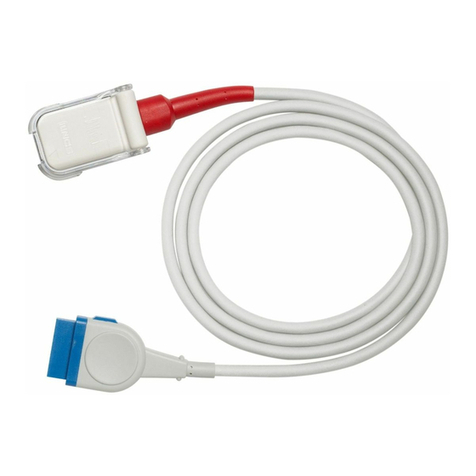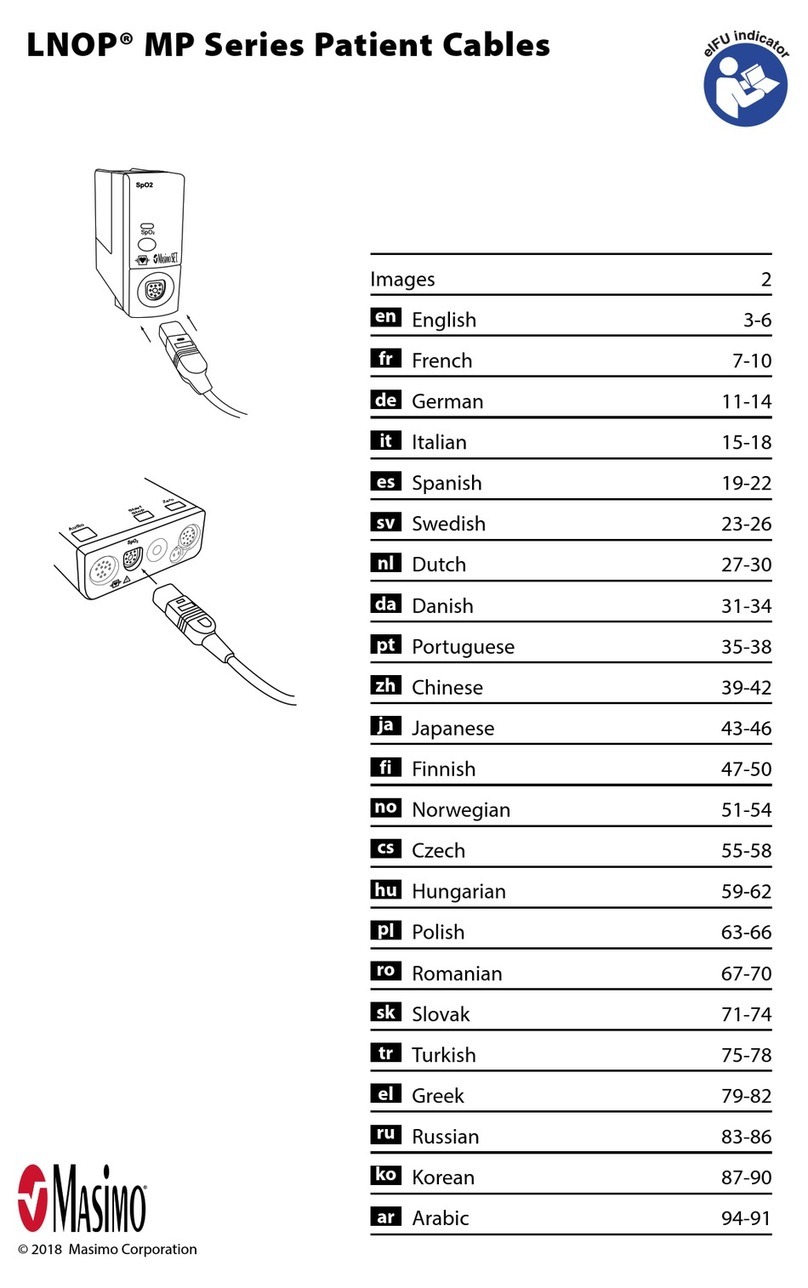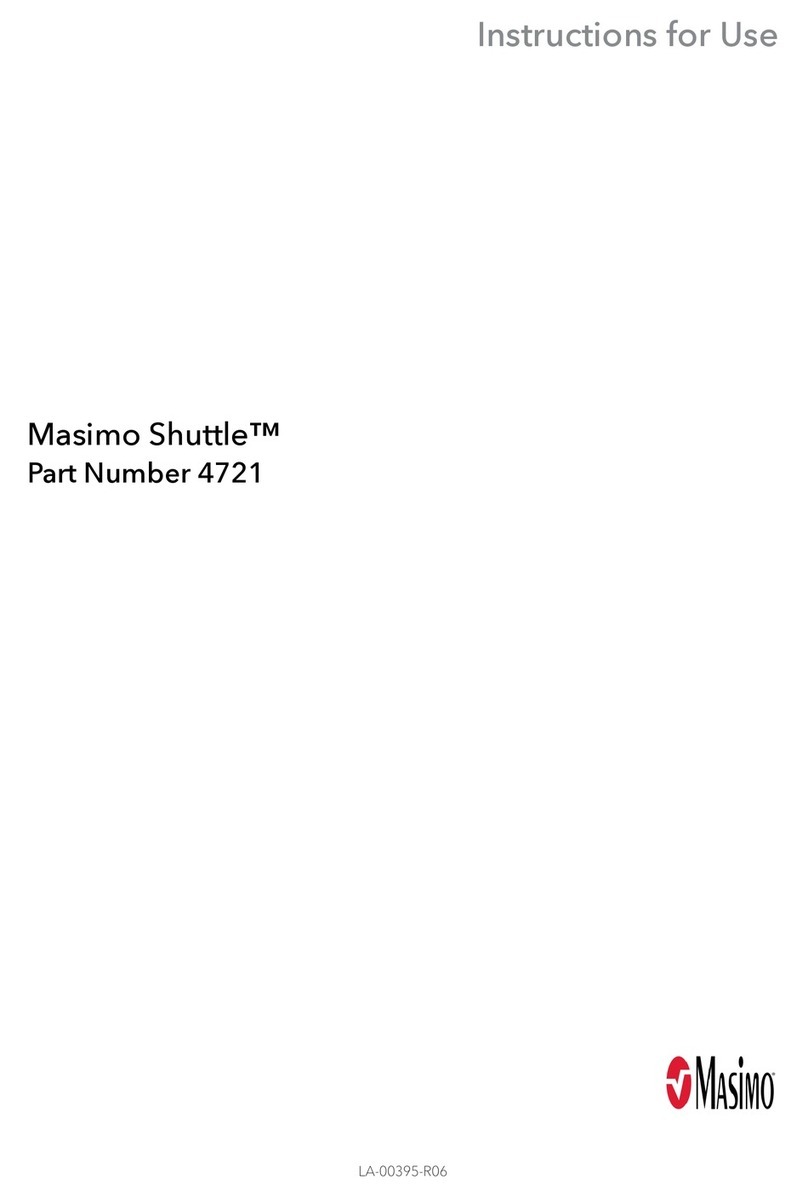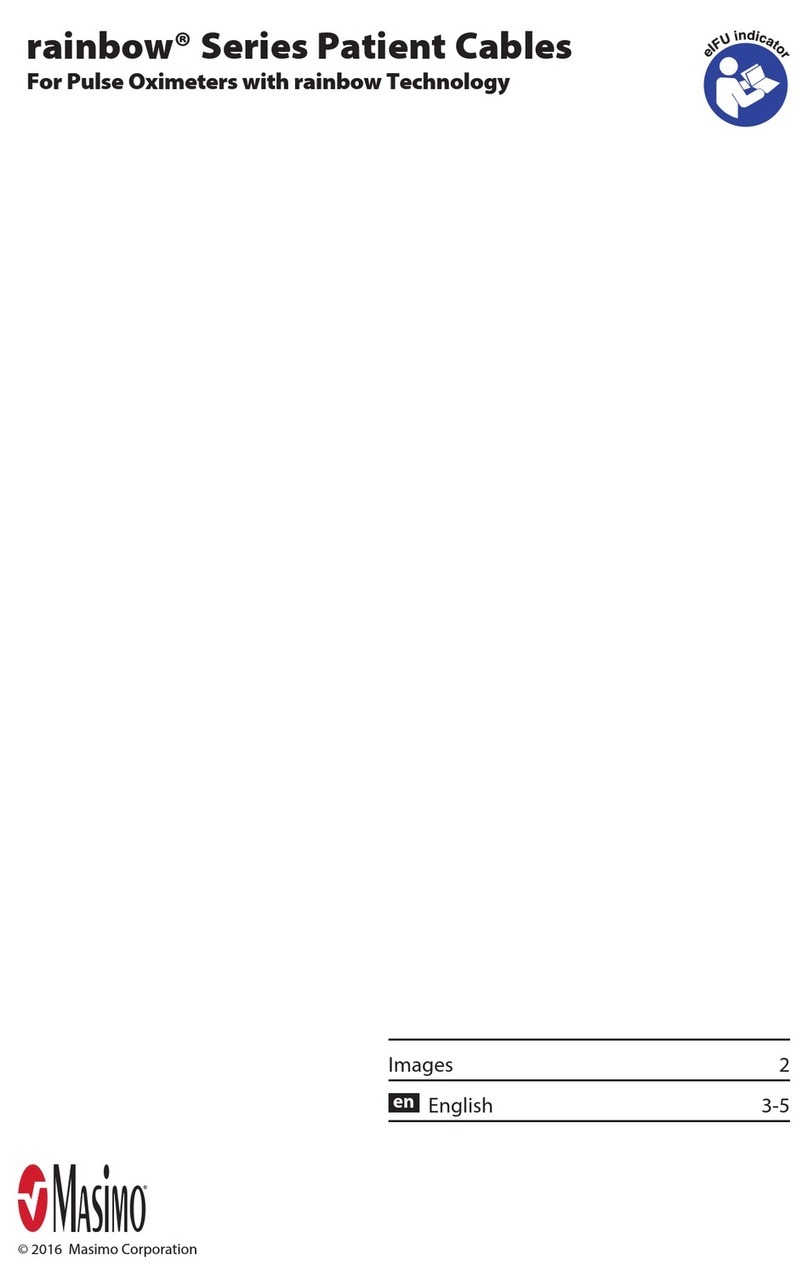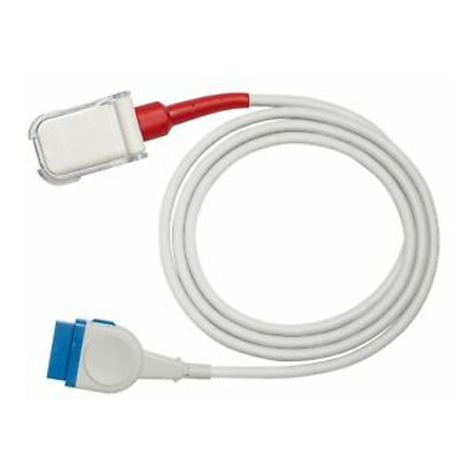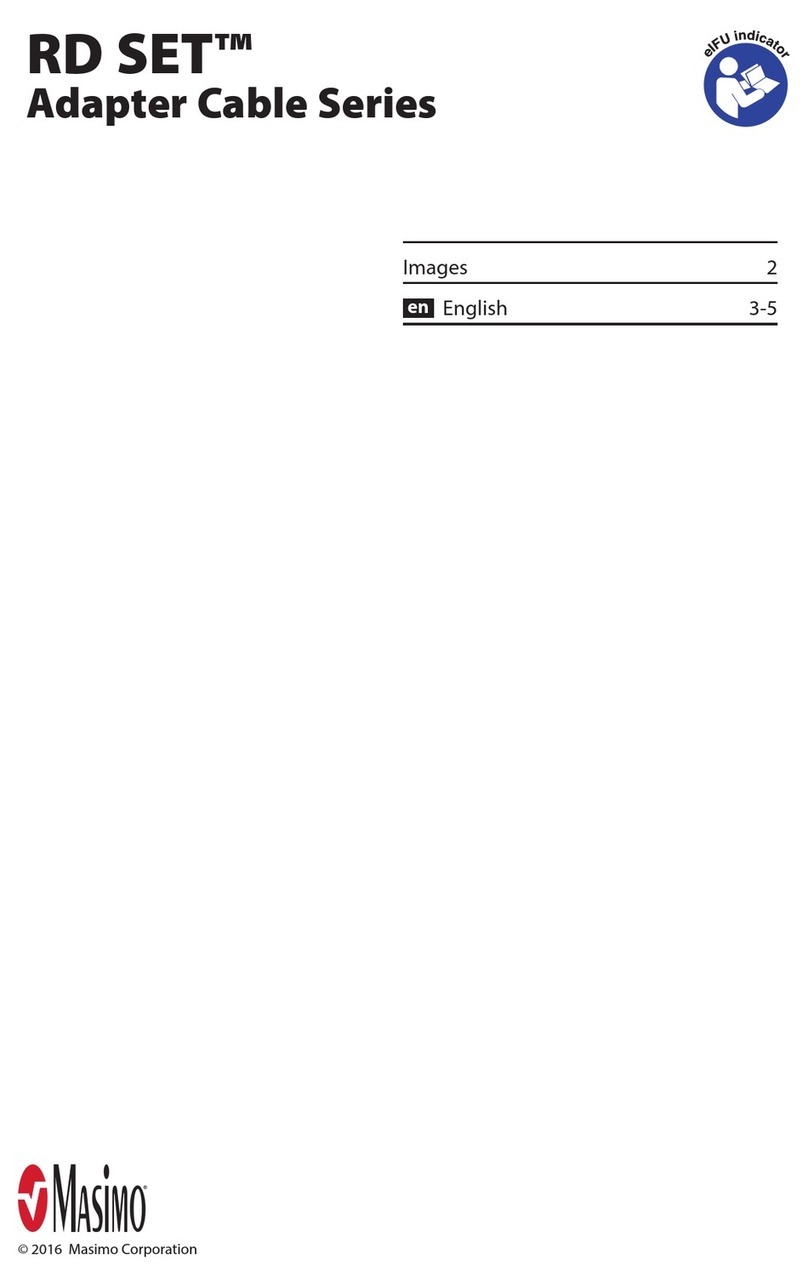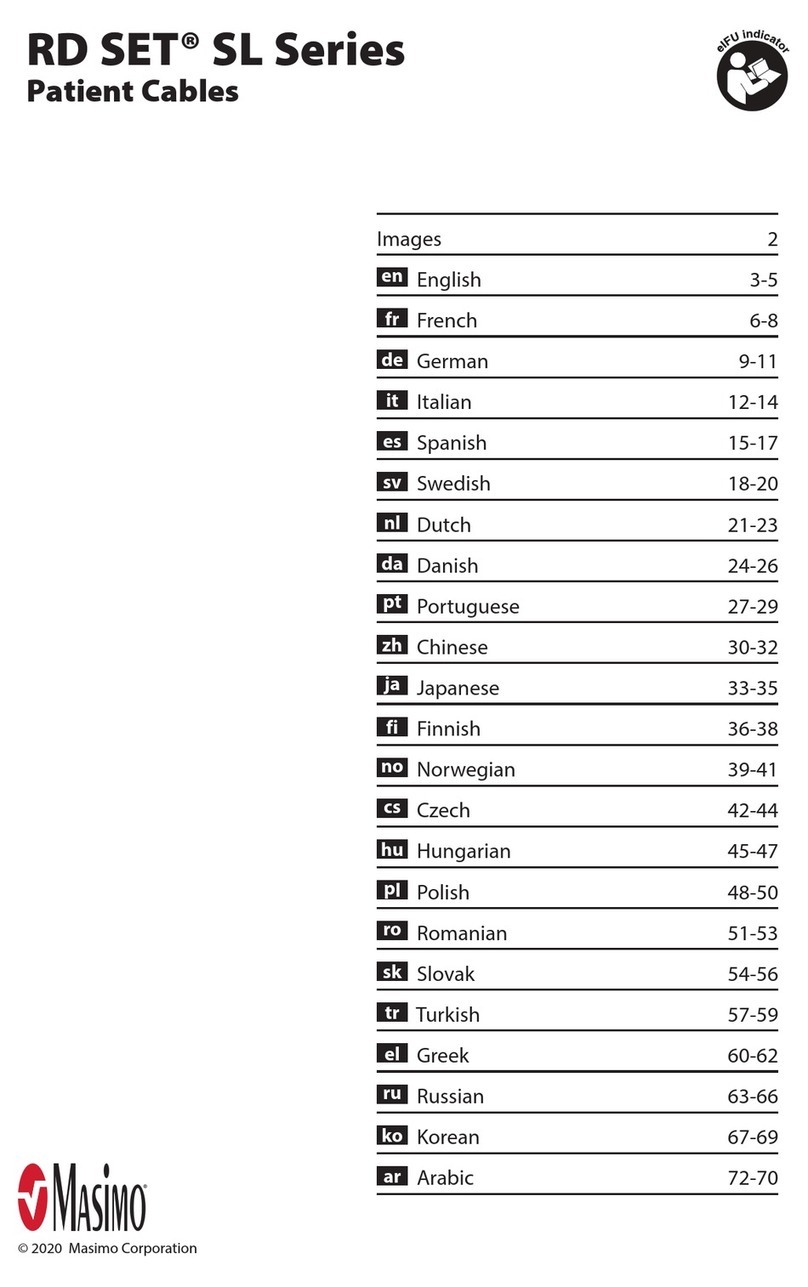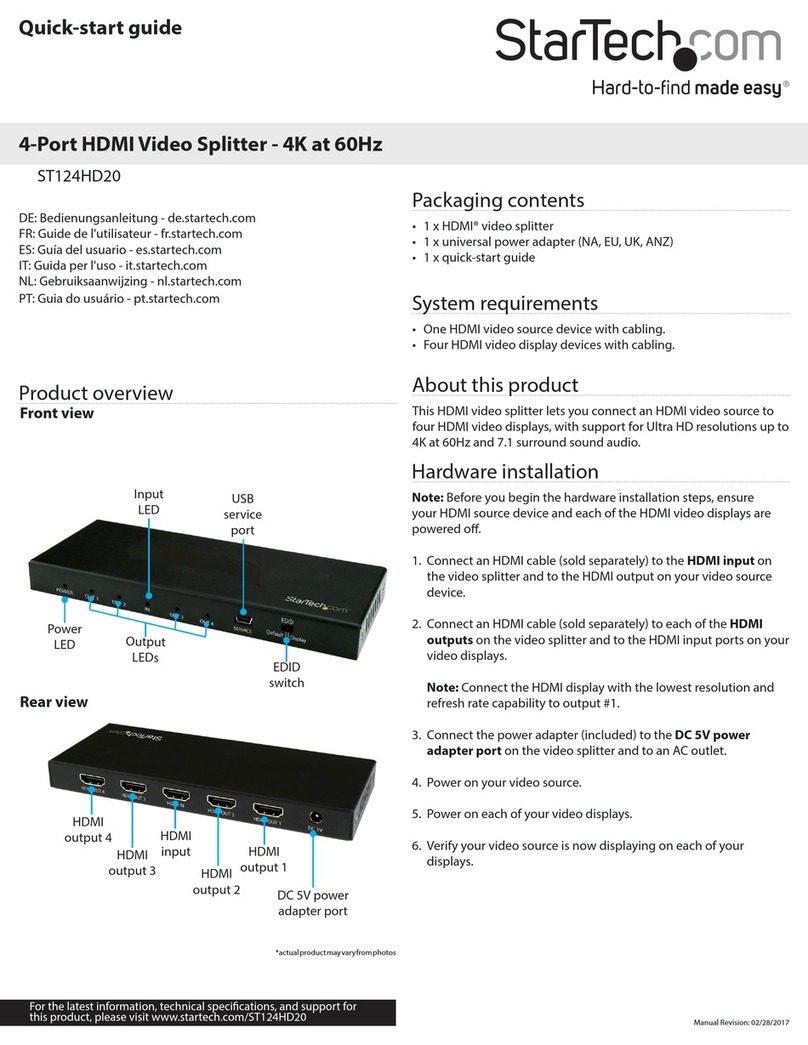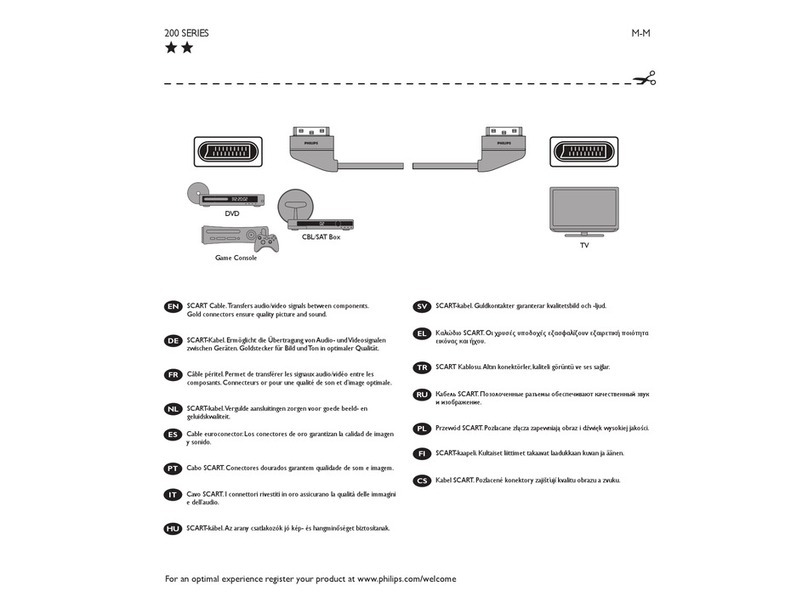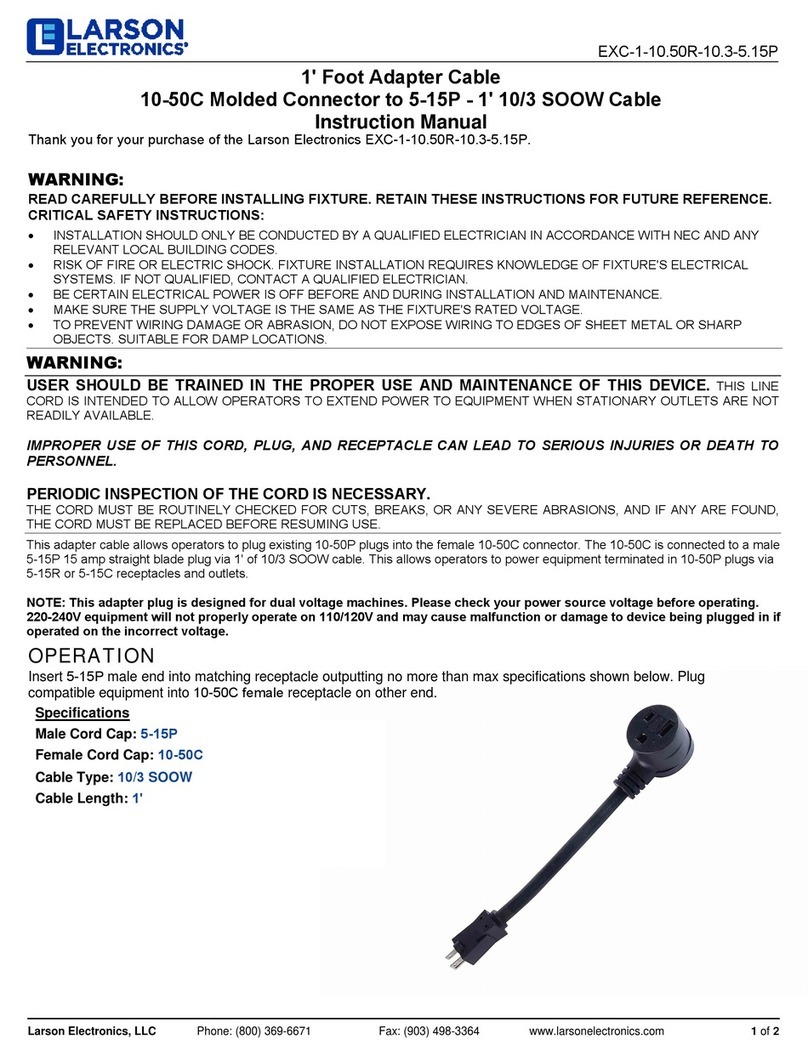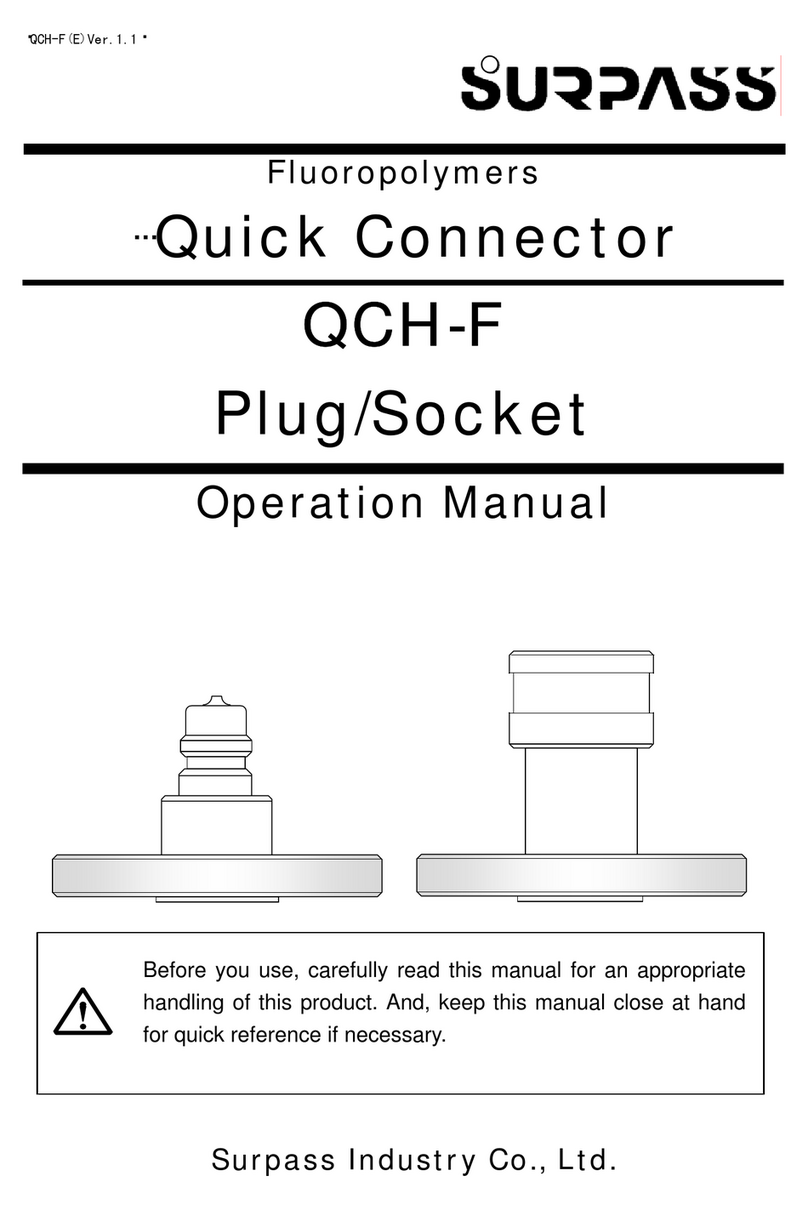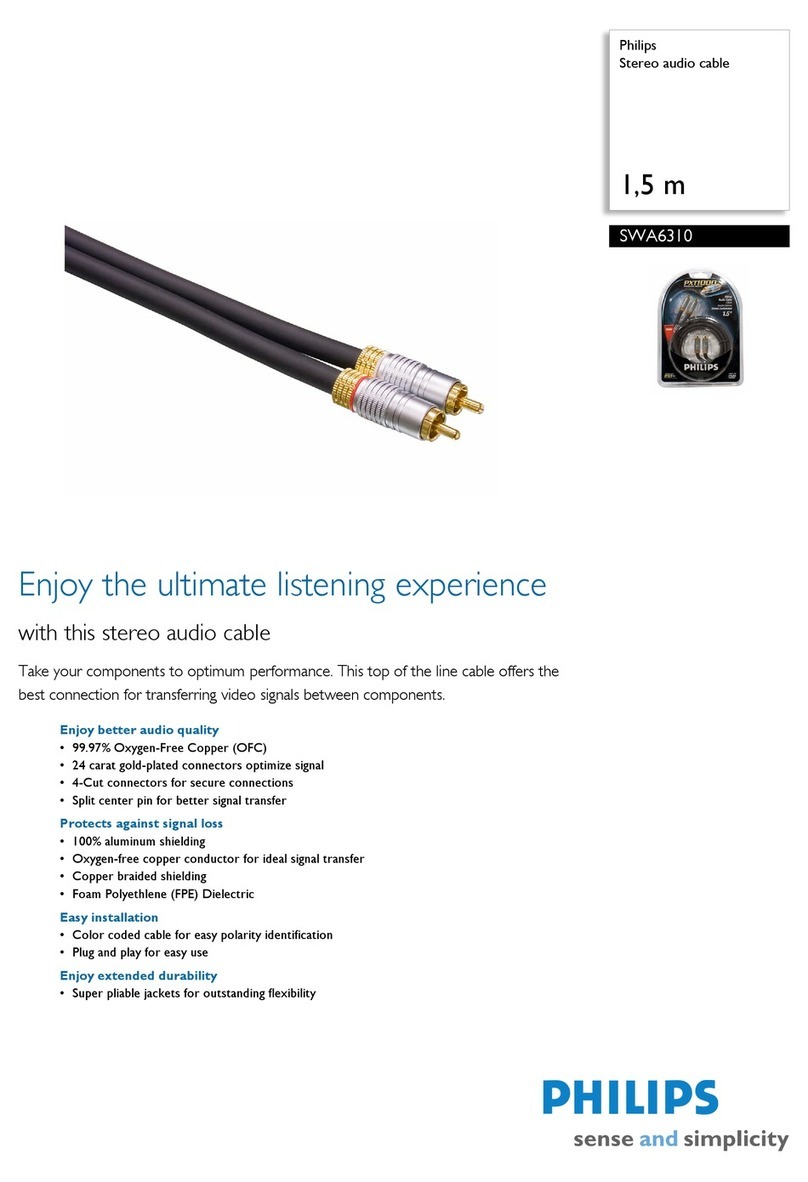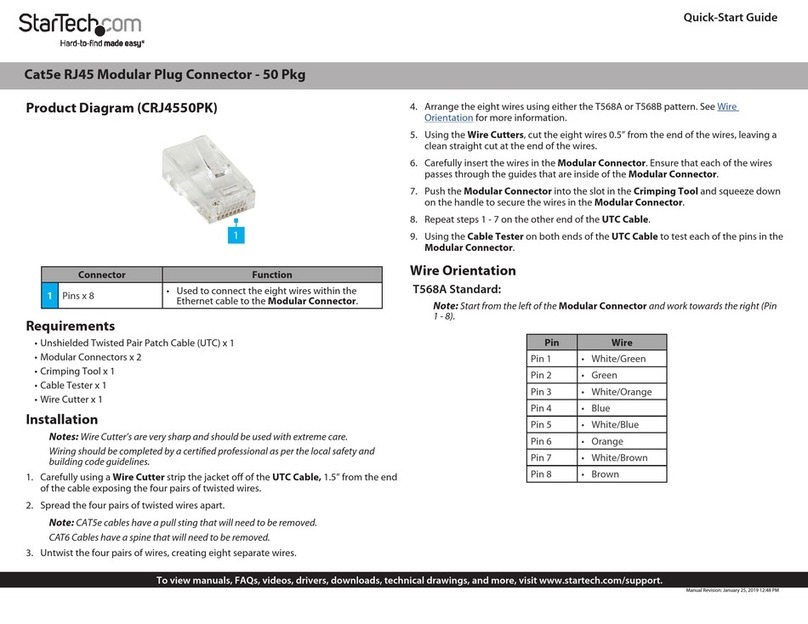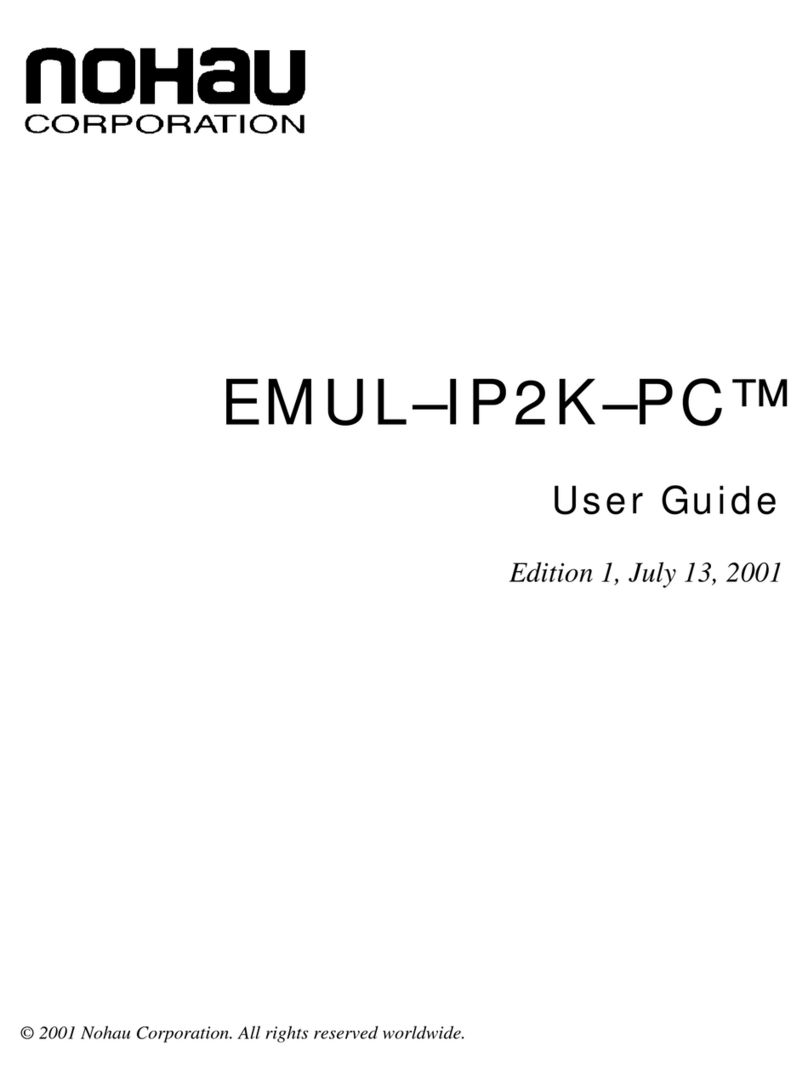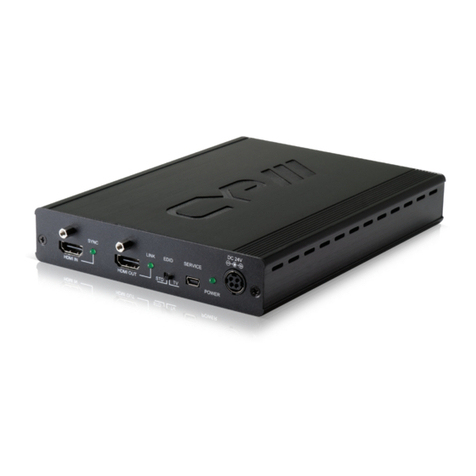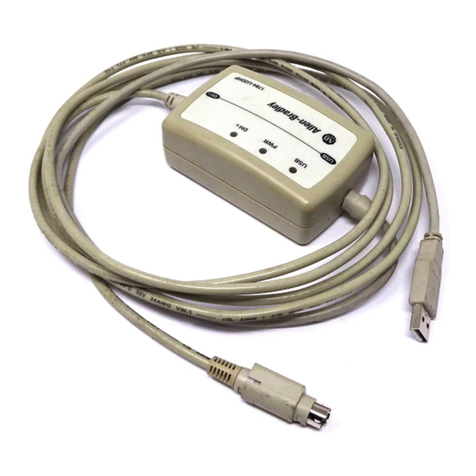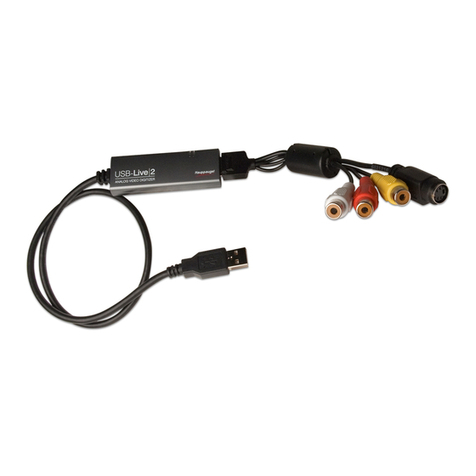
74223J-eIFU-0119
Câbles patient LNC série MP
MODE D’EMPLOI
Réutilisable
LATEX
Ne contient pas de latex naturel
NON
STERILE
LATEX
Title:Graphics, Sensor/Cable symbols, 03/06
GR-14231
DRO-13914
-40 C
+70 C
+1060 hPa - +500 hPa
795 mmHg - 375 mmHg
5%-95% RH
5%
95%
%
Non-stérile
Avant d’utiliser ce câble, l’utilisateur doit lire et comprendre le manuel de l’utilisateur de l’appareil, ce mode d’emploi
et le mode d’emploi du capteur.
INDICATIONS
Les câbles patient de la série LNC MP et les capteurs Masimo sont indiqués pour la surveillance non invasive et continue de la
saturation fonctionnelle en oxygène de l’hémoglobine artérielle (SpO2) et de la fréquence cardiaque (mesurée à l’aide d’un
capteur SpO2) chez les patients adultes, enfants, nourrissons et nouveau-nés, dans le cadre d’une utilisation à l’hôpital, dans
des établissements de type hospitalier, lors du transport et à domicile.
DESCRIPTION
Les câbles patient de la série LNC MP sont destinés à être utilisés uniquement sur les modules Philips avec la technologie
Masimo SET® et sur les appareils équipés de la technologie Philips FAST SpO2.
Sur les modules Philips avec la technologie Masimo SET, les câbles patient LNC MP sont destinés à être utilisés avec les
capteurs LNCS. Sur les appareils équipés de la technologie Philips FAST SpO2, les câbles patient LNC MP sont destinés à être
utilisés avec les capteurs LNCS. La technologie Masimo SET n’est pas disponible sur les appareils équipés de la technologie
Philips FAST SpO2.
AVERTISSEMENT: les capteurs et les câbles Masimo sont conçus pour être utilisés avec des appareils équipés de l’oxymètre
de pouls Masimo SET® ou autorisés à utiliser les capteurs Masimo.
AVERTISSEMENTS, MISES EN GARDE ET REMARQUES
• Pour obtenir des instructions complètes ou supplémentaires, se reporter au manuel d’utilisation du module d’oxymétrie.
• Vérifier que le câble n’est pas détérioré, qu’il ne présente aucun fil cassé ou dénudé ni pièce endommagée. Procéder
àune inspection visuelle et jeter le câble en cas de fissures ou de décolorations.
• Tous les capteurs et les câbles sont conçus pour être utilisés avec des moniteurs spécifiques. Vérifier la compatibilité du
moniteur, du câble et du capteur avant de les utiliser, afin d’éviter toute dégradation des performances et/ou blessure
éventuelle du patient.
• Positionner soigneusement le câble patient de façon à réduire le risque d’enchevêtrement ou de strangulation.
• Un branchement incorrect du capteur ou du module d’oxymétrie au câble risque de provoquer des mesures
intermittentes, des résultats erronés ou l’absence de mesures.
• Pour éviter d’endommager le câble, toujours saisir le connecteur et non le câble pour connecter ou déconnecter l’une
ou l’autre des extrémités.
• Ne pas tremper ni immerger le capteur ou le câble dans une solution liquide pour ne pas risquer de l’endommager. Ne
pas tenter de stériliser le câble ou le capteur.
• Ne pas essayer de reconvertir, de remettre en état ou de recycler les câbles patient Masimo car ces procédés peuvent
endommager les composants électriques et occasionner des blessures au patient.
• Veuillez vous reporter au Mode d’emploi du capteur spécifique pour obtenir des instructions plus détaillées et des mises
en garde.
• Les sondes et les câbles sont conçus pour être utilisés avec des moniteurs spécifiques. Vérifier la compatibilité du
moniteur, du câble et de la sonde avant de les utiliser, afin d’éviter toute blessure éventuelle du patient.
• Mise en garde: remplacer le câble lorsqu’un message de remplacement de câble ou un message équivalent s’affiche
constamment. Consulter le manuel d’utilisation de l’appareil de surveillance pour plus d’informations.
• Remarque : le câble est doté de la technologie X-Cal® pour minimiser le risque de mesures erronées et de perte
imprévue de la surveillance patient. Le câble fournira jusqu’à 17 520 heures de surveillance du patient lorsqu’il est
connecté à un dispositif de surveillance qui prend en charge la technologie X-Cal. Remplacer le câble lorsque le temps de
surveillance patient est épuisé. Certains anciens appareils de surveillance ne savent pas distinguer le câble du capteur.
Avec ces appareils, un message «Remplacer le capteur» ou message assimilé peut désigner le capteur ou le câble.
INSTRUCTIONS
A. Raccordement des câbles patient LNC MP à l’appareil
Se reporter aux fig. 1a et 1b. Orientez le connecteur du câble de façon à le raccorder au connecteur du câble patient sur le
module SpO
2
(fig. 1a) ou MMS (fig. 1b).
MISE EN GARDE: VÉRIFIEZ QUE VOUS RACCORDEZ UN CÂBLE PATIENT LNC MP À LA PRISE MASIMO SET OU PHILIPS
FAST SPO
2
. IL EXISTE DE NOMBREUX CONNECTEURS SIMILAIRES MAIS AVEC DES COULEURS ET UNE
CONNECTIQUE DIFFÉRENTES. NE JAMAIS FORCER UN CONNECTEUR DE CÂBLE PATIENT DANS UNE
EMBASE DE MODULE OU MMS. EN N’UTILISANT PAS DE CÂBLE PATIENT LNC MP, VOUS RISQUEZ
D’ENDOMMAGER LE MODULE OU LE MMS, D’OBTENIR DES MESURES ERRONÉES,VOIRE AUCUNE MESURE.
fr
